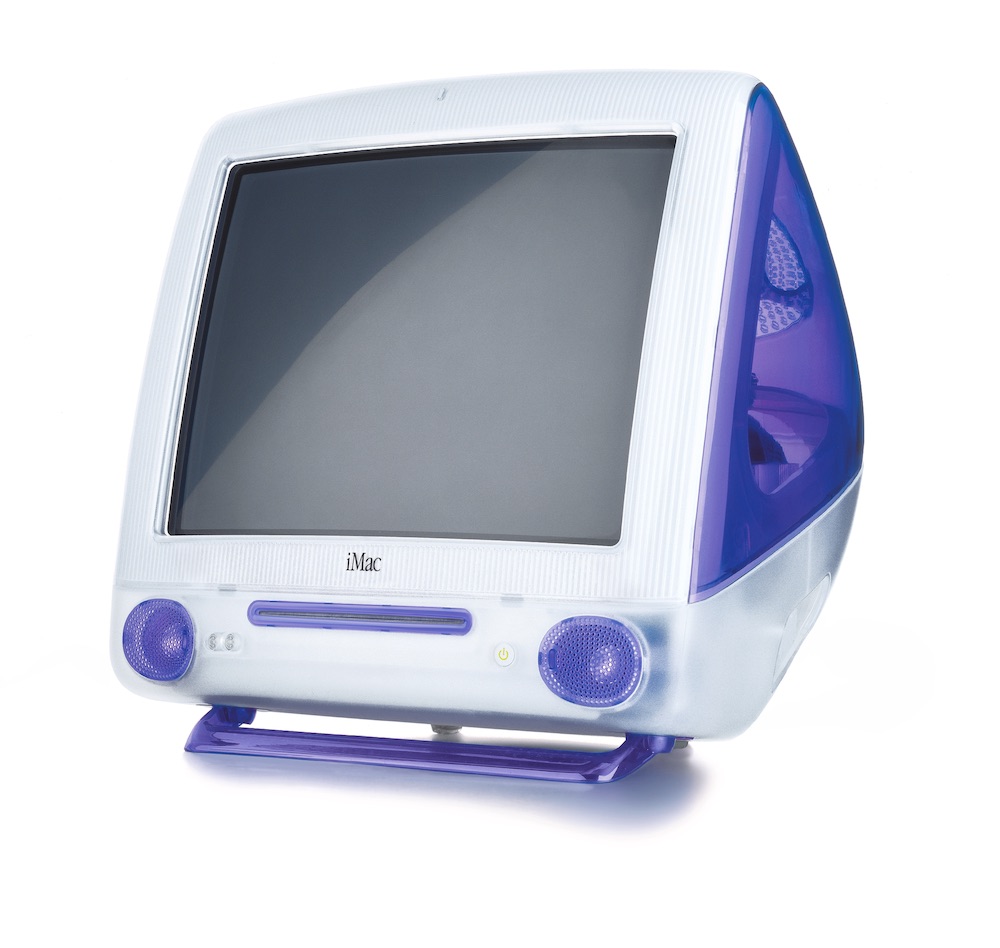At Apple, design has become an operational challenge

This was the iMac DV. Apple was always into video.
Apple’s decision to eliminate the industrial design chief role once held by Sir Jony Ive attracted interest recently. It means that product design has now been firmly bought into the control of Apple’s operations team, led by COO Jeff Williams.
These changing times
The decision, which follows the departure of Evans Hankey, reflects a lot of change within and outside of the company. If you think about it, it makes complete sense for design to exist within the framework of the operations team.
Things are very different today than they were at the time when design led the company’s decisions – the environment today is far more complex and nuanced than it has been before.
Think about the complexities of product design today. A product isn’t just what it looks like and what it does, it is also how it is made. And yet, the global environment has become incredibly complex. Not only are supply chains under stress, but raw materials are scarce and today’s consumer, while provably still aspirational, is also much more aware of some of the challenges of manufacturing.
What is a product?
A product is:
- What it does.
- How it looks.
- How it is made.
- Where materials are sourced.
- How resilient it is.
And, in today’s Apple, another important consideration is how environmentally friendly the product is across the product lifespan, with considerations that extend to recycling and reuse of components used in the device.
That’s even before you hit the political challenges of souring relationships across and with key suppliers, and a competitive landscape that’s also becoming far more desperate.

The ecosystem is even more important today
Apple’s entire business plan now relies on making the right selection of decisions across all those different matters, and more. It must still figure out how to create increasingly sophisticated solutions that amaze and enable its customers, of course. But what has changed is that the route to getting those products to customers has become far more complex. Within that, it makes sense for design leadership to remain a critically important consideration, but product development also needs to accommodate answers to all those other challenges from the get-go.
Expectations are changing
I mentioned also that consumers are changing. We already know that young people are far more aware of the challenges of our time, and I’ve seen many surveys to show this awareness continues far longer than once it did. People will switch brands that don’t share their values, and will spend time considering the consequences of the decisions made when creating the things they do choose.
It’s not enough for an object to look or seem cool, or be marketed as such, it must also actually resonate across all the other values that matter to them.
In this environment, aspirational product design still matters – of course it does. But so too do those other values and challenges, and within that context it’s obviously important to build better cooperation across teams. Look, every business manual I read tells us that in an age of digital transformation inspired by the iPhone itself, internal business silos of knowledge and power act against business outcomes.
Is this thing on?
It’s in that context that I think it’s possible the move to make design an operational component makes sense – but it is to be hoped that working within the operations team in this fashion will still give Apple’s amazing design teams the latitude and opportunity to continue to aspire to dent realities, think different, and do work that is great.
As if this turns out to be little more than a power grab, then it spells slow decline. But I think (perhaps hope) these are growing pains for a company facing a changing world.
Please follow me on Mastodon, or join me in the AppleHolic’s bar & grill and Apple Discussions groups on MeWe.




